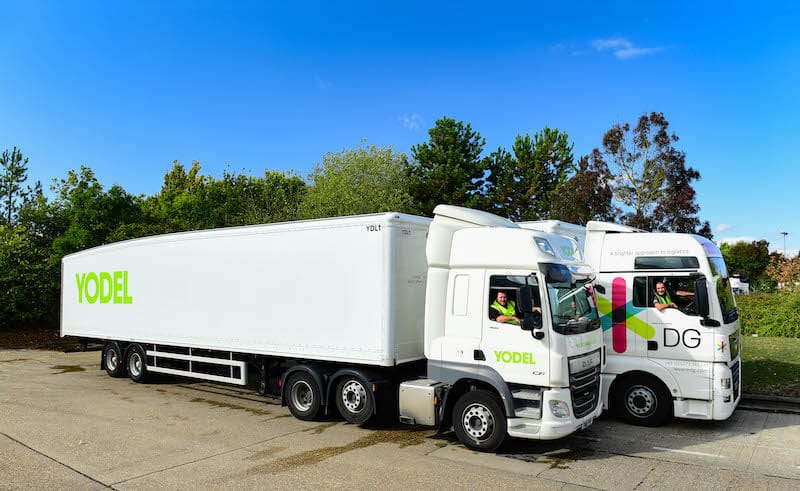One of the most common reasons employees leave a role soon after starting is the poor onboarding experience. Many of us will remember the void between accepting a job offer and the first day, filled only with formal requests for documents, and not much else. And a familiar experience of arriving on your first day to a general sense of unpreparedness; desk cleared at last minute, no passwords for operational systems, left to set up your own equipment; you get the idea!
So what quick and cost-effective improvements could you make that make your onboarding more memorable and effective in preparing new starters?
Set the scene of (great) things to come
The period between accepting a job offer and walking in the door is a real opportunity for you to build a solid relationship with your new member of staff. With modern onboarding platforms you can provide as much relevant information as you wish, including company handbook and policies, latest news and team introductions. New starters can even begin online training in advance. New employees join the company better prepared to make their contribution quicker and are less likely to leave the organisation in the first six months.
Identify the touchpoints in the process
Ishikawa diagrams have long been used in service and retail organisations to improve customer service. By identifying every touch point with customers, in this case, new starters, you can better understand the current experience and identify where improvements can be made. It’s often surprising how many (or how few) touch points there are, and the inefficiencies including repetition that exist unknown in the current process. Search engines are a great source of Ishikawa or fishbone diagram examples, making it easy to understand current processes and how to effectively identify and showcase potential improvements to the organisation.
Define responsibilities
An obvious cornerstone for improving the onboarding experience is identifying the key stakeholders, and ensuring everyone knows their responsibilities and importantly, when they execute their roles in the process. For example:
HR
• Preparing and ensuring all legal documents are returned in a timely manner.
• Creating welcome packs.
• Point of contact for queries that need answering prior to start date.
Line Manager
• Writing job description and objectives.
• Providing information on role, department and company.
IT
• Workstation equipment, security and passwords.
Wider Team
• Inducting the new staff member into the team and supporting them during the process, including training needs.
Prepare a perfect first day
Anything you can do to reduce those first day nerves will make for a more enjoyable and rewarding experience for your new starter.
• Arrange for the appropriate person to meet the new starter and introduce the them to new colleagues.
• Compiling a welcome pack including any security passes they may need and hard copies of some of the useful items you sent to them electronically, along with branded company merchandise is a nice touch to help settle in.
• Ensuring equipment and workstations are prepared in advance so new starters can immediately familiarise themselves with systems and processes.
• Arranging lunch in the first week is a great way for your new starter to meet and bond with colleagues in an informal environment.
Adopt some of these common processes will help lead to happier, more productive employees who will want to stay and progress with your organisation.















